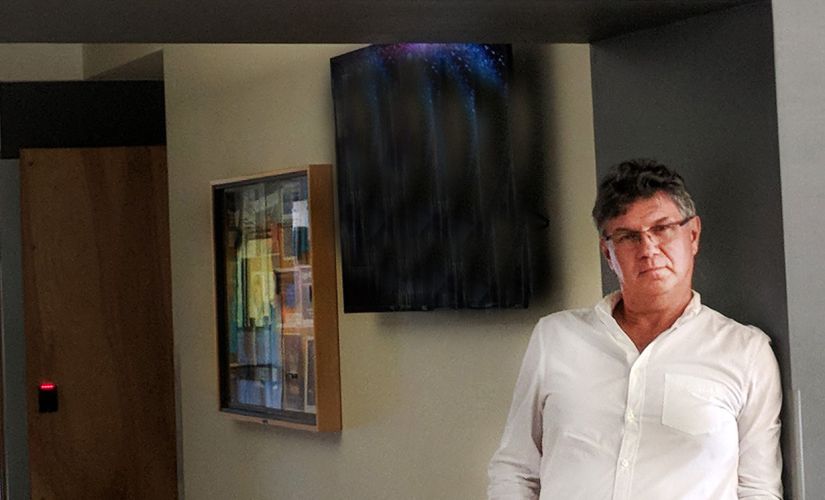ŻU: You have worked at the School of Information at the University of Texas at Austin since 2013, but it was at Lodz University of Technology where it all started, wasn’t it?
JG: Yes, in 1985 I graduated from TUL with a master’s degree in Control Engineering. My master’s dissertation was awarded a distinction (the “red ribbon”) and won the first place in the SEP (Association of Polish Electrical Engineers ) competition. Then, I pursued another degree program at TUL, this time in Computer Science, when it was first launched at the Faculty of Technical Physics, Information Technology and Applied Mathematics. However, in 1988, I decided to leave for Germany, where I worked as a software engineer. And two years later, I emigrated to Canada.
ŻU: That was your next stop, but it was on the other side of the Big Pond. How was your experience over there?
JG: I knew, I wanted to do research, so after a few years working as a software engineer for two Ukrainian-founder-led start-ups in Toronto I decided to continue studies at the graduate level and entered the University of Toronto. In 1998, I earned a Master of Applied Science in Information Systems from the Department of Industrial Engineering. One of the first courses I took at this university was human-computer interaction. I haven’t heard about this field before. My interest in this new field turned into a PhD in Human Factors & Ergonomics / Human-Computer Interaction, which I completed at the same department in 2004. My supervisor, Professor Mark Chignell, is an experimental psychologist, who had a tremendous influence on me, so today I feel more like a cognitive psychologist rather than an engineer.
ŻU: Was it when you were trying to find a suitable place to do your research that you decided to work at an American university?
JG: My first faculty position was at Rutgers University in New Brunswick in New Jersey. The school I joined was a part of an iSchools consortium (https://www.ischools.org/) which brings together schools that take an interdisciplinary approach to the study of access to, organization, and management of information, from the perspective of both people and technology. This area of research was very close to my interests and the research I had previously conducted. I have now worked at the School of Information (which is also a part of the iSchools consortium) at the state university in Austin, the capital of Texas, for 10 years.
ŻU: What is the main focus of your research?
JG: I am interested in human-information interaction, and, more specifically, in the methods and strategies underlying the process of interactive information search and retrieval. My projects involve the application of neuroscientific tools and theories to the study of cognitive functions engaged in human-information interaction. Neuro-physiological signals are very useful in understanding human-information interaction. For example, one can analyze the heart rate variability or skin sweating associated with stress levels in people searching for information. Of interest is also electroencephalography of the brain, as well as functional magnetic resonance imaging.
I am specifically interested in oculography, that is in employing eye-trackers, which I use to assess cognitive states of the user. Data from eye-trackers tells us where and for how long is a person looking at a given piece of information. By examining pupil dilation, one can assess affective and cognitive states of a person, such as the mental workload invested in processing the information on which a person focuses eye gaze.
In my studies, I often compare groups of people. For example, I consider the differences related to the limited capacity of human working memory, which holds and processes information temporarily, and is vitally important for receiving information from our senses and for retrieving information from the long-term memory. The function of working memory is essential for human communication, behavior control, decision-making, and reasoning.
ŻU: Where is this kind of research useful?
JG: I have contributed to founding a new research area: Neuro-Information Science. It employs neuro-physiological tools in the study of human information behavior. This approach enables conducting comparative studies of human responses to information and helps improve interactive information retrieval. Apart from general advancement of knowledge, the results of this research can be used in information search and retrieval systems.
ŻU: How does your research work fit in with the field of human-computer interaction?
Human-computer interaction is a multidisciplinary field of science where cognitive psychology is just as important as computer science, engineering, design, and sociology. When you create something, what you need to keep in mind first and foremost is the human being who will use the product you are designing. I feel that, despite all the progress, many people and companies still to this day have not fully internalized it.

